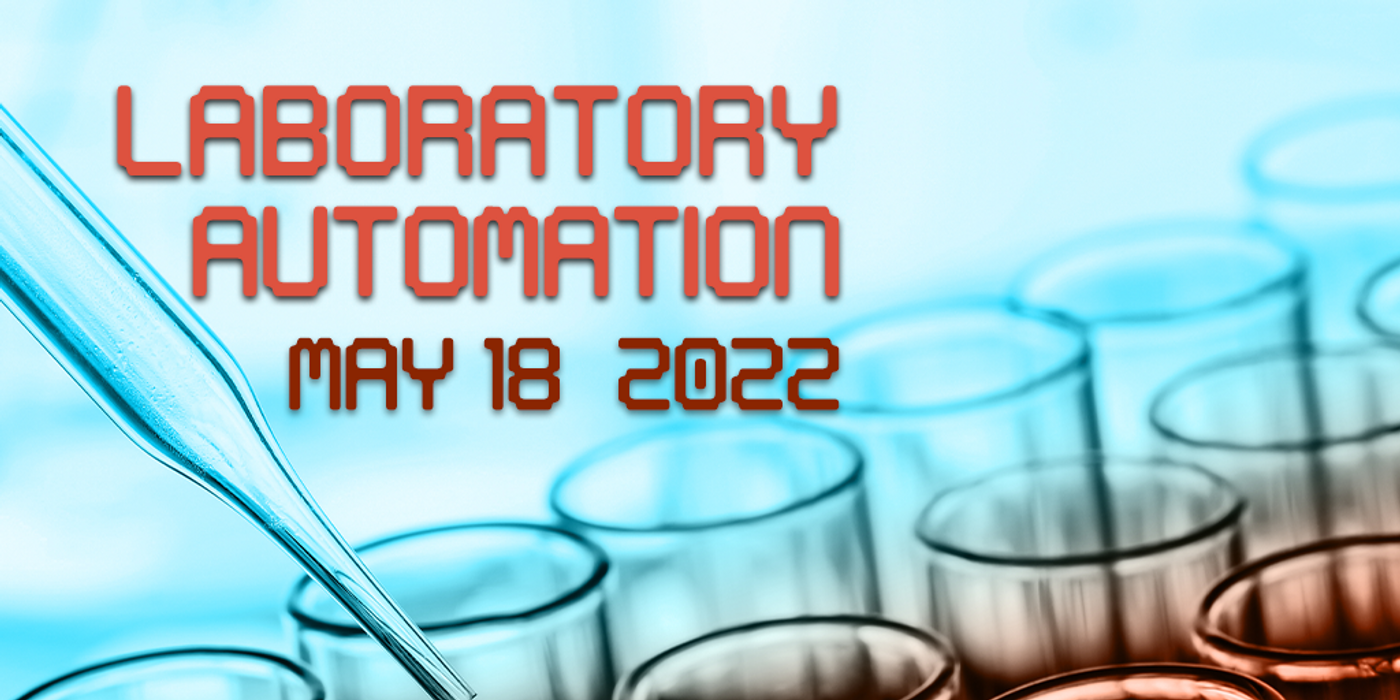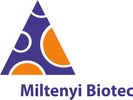Advances in Laboratory Automation Research at the 2022 Labroots Virtual Event

- Technological advances in microfluidics devices
- The latest methods in laboratory automation across disciplines and laboratory focus
- Compliance support offered by laboratory software that promotes safety and efficiency in the lab
Advances in Microfluidics
Presentations in this conference track covered the latest technological advances and methods in microfluidics devices. In the keynote address “Commercialization and Entrepreneurial Lessons from Microfluidic Biotechnology Startups”, Kaylan Handique, Ph.D., shared lessons learned from successfully launching, developing, and exiting two startups (HandyLab and Celsee). The talk included how to develop microfluidic technologies into products for life sciences or clinical diagnostics. He also discussed the importance of design milestones for a new product development.
Cyrille Delley, Ph.D., gave a presentation on the inherent advantages of high throughput single cell methods. He presented DAb-seq, a new droplet microfluidic sequencing method that profiles single-cell genotypes through multiplexed PCR panels and immunophenotypes through DNA tagged antibody panels. Case studies featuring this method of analyzing leukemia and samples from patients with HIV demonstrated effective single cell methods. He also explained how joint measurements of genotype and phenotype are important to understand genetic diseases and why genotype phenotype mapping can be useful in the study of infectious diseases.
Scott Manalis presented on the functional precision medicine for cancer patients that novel microfluidic approaches support single-cell RNA sequencing. He explained how single-cell measurements can be advantageous for drug response assays.
Arne Vandenbroucke discussed how lab automation involves five values or benefits: process standardization, streamlining workflow processes, assay miniaturization, efficient experimental design, and consistent data storage. Parametrization and Applied Programming Interface (API) interactions support automation solutions that are scalable and manageable.
Emerging Methods and Automation
The latest methods across disciplines with laboratory work were the focus of this track. Many presentations focused on improved workflow for high throughput analysis of biological samples. One presentation focused on the potential of IR-MALDESI Infrared matrix-assisted laser desorption electrospray ionization (IR-MALDESI) to increase productivity for ADME assays, PK/PD samples, permeability measurements, and many other applications in drug discovery. IR-MALDESI is a hybrid ambient ionization method that combines the use of laser desorption and electrospray ionization (ESI).
Several presentations discussed how Thermo Fisher accelerates development timelines by gene optimization and transient protein expression and purification pilots, and one presentation highlighted how automated library prep workflows of AVENIO Edge System can reduce errors and increase efficiency. Miltenyi Biotec imaging workflow solutions can be used to analyze output and create meaningful data insights.
Meet Compliance with Laboratory Software
This track’s two presentations covered laboratory information management software (LIMS) that promotes compliance, lab safety and efficiency. Laboratory automation with the LIMS includes positive ID via barcoding, instrument integration, sensors, Chromatography Data Systems (CDS) and enterprise integration (SAP, CRMs, validation, accounting, and other software). Laboratories must manage raw data as well as meta data, along with audit trails of all the data handling systems, LIMS, instrument data management systems, and chromatography data systems.
Christine Paszko, Ph.D. M.T. (ASCP) explained LIMS’s role in data integrity. LIMS supports data integrity through functions such as data import, tracking, audit trails, data management, automated instrument integration, automated reporting, and traceability. These practices help prevent an FDA enforcement action that potentially could result in the form of a warning letter, seizure, injunction, or criminal prosecution.
Martha Hernandez discussed the importance of ISO 20387:2018 accreditation and specific general, structural, resource, process, and quality management system requirements of ISO 20387 compliance for biobanks. This compliance is critical for biobanks or laboratory facilities that process, store, and distribute samples and data for use by research institutions. This standard demonstrates quality and reliability, and it ultimately reduces costs and boosts efficiency.
Poster Hall
The conference featured a poster hall with 15 downloadable posters. These posters reflected key trends in diagnostic and technical advances.
Some posters focused on recent analytical techniques used in forensic investigation of soil samples. These topics included the efficacy of Ultra-Performance Liquid Chromatography (UPLC) in soil compositional profiling and other complex processes. Posters assessed performances of various methods such as Normalization to Sum (NS), Vector Normalization (NV), Standard Normal Variates (SNV) and Normalization to Max (NM) in processing UPLC chromatograms of soil.
Other posters shed light on advances in medical diagnostics. Highlights included the use of gingival stem cells (GMSC) for its immunomodulatory and anti-inflammatory properties and the advantage of this method over dental implants. Several posters addressed the use of (FTIR) in histological characterization of melanoma metastases, its effectiveness in tumor identification and the immunologic microenvironment of tumor cells in metastatic lymph nodes or initial site of melanoma metastases development and using transmission FTIR chemical imaging on glass substrates. Posters on unique medical diagnostic issues included metabolomic markers of equine osteoarthritis.
Several posters assessed various pathogenic variant detection tools and scenarios such as novel STR detection via STRLing to identify possible pathogenic variants in rare diseases variant detection for diseases like Fragile X syndrome and myotonic dystrophy. Magnetic modulation biosensing has proven to be a basic yet reliable method for rapid COVID-19 diagnostics.
Event Content Available on Demand
This event provided extensive information on the latest advances and research in laboratory automation. Please visit the Laboratory Automation 2022 Virtual Event website to see the full agenda and access the on-demand content. Event content will be available on demand for two years.









